For those embarking on the rewarding journey of keeping an aquarium, understanding the initial setup and the establishment of the nitrogen cycle is absolutely paramount. This process, often referred to as "cycling" the tank, is the biological foundation upon which a healthy, stable, and thriving aquatic environment is built. Rushing this critical phase is the most common mistake made by newcomers and almost invariably leads to frustration, loss of aquatic life, and the dreaded "new tank syndrome." The goal is not merely to fill a glass box with water and fish, but to meticulously cultivate an entire ecosystem, with its own invisible workforce of beneficial bacteria that will act as a natural filtration system, processing the waste produced by your fish.
The adventure begins long before a single drop of water is added or a single fish is considered. It starts with planning and selecting the right equipment. The size of the aquarium is your first major decision. While a small tank might seem more manageable, the opposite is often true. A larger volume of water, say 20 gallons or more, is far more forgiving of beginner errors. Parameters like temperature, pH, and harmful toxin concentrations fluctuate much more rapidly and drastically in a small body of water, making it notoriously difficult to maintain stability. A spacious tank provides a buffer, diluting toxins and offering a safer, less stressful home for its inhabitants.
Once you have chosen your tank, the next step is to decide on its permanent location. This spot should be away from direct sunlight, which will encourage rampant algae growth and cause significant temperature swings. It must also be on a stand specifically designed to hold the immense weight of a full aquarium—water is incredibly heavy, at approximately 8.3 pounds per gallon. Furthermore, the location needs to be near electrical outlets for your equipment but safe from any potential water spills. After situating the tank, the fun part begins: adding the substrate. Whether you choose gravel, sand, or a specialized planted substrate, it must be thoroughly rinsed with clean water until the water runs clear to remove any dust or debris that would otherwise cloud your tank for days.
Now, you can carefully pour the substrate into the bottom of the dry tank, creating a gentle slope from the back to the front for a more dynamic aesthetic. The next layer of your ecosystem is the hardscape—the rocks and driftwood that provide structure, hiding places, and territory for your future fish. When selecting rocks, ensure they are aquarium-safe; some types can leach minerals that alter your water's hardness or pH. Boiling driftwood is a necessary step to waterlog it, ensuring it sinks, and to sterilize it, removing any tannins that would otherwise leach out and tint the water a tea-like color (though some fishkeepers actually desire this effect). Arrange these elements in a way that is pleasing to the eye and functional for the fish.
With the hardscape in place, it is time to install your essential equipment: the filter and the heater. Even if you plan to keep cold-water fish, a heater is highly recommended not to heat the tank, but to maintain a stable temperature, preventing drops at night or during colder weather. The filter is the heart of your aquarium's circulation and biological filtration. Follow the manufacturer's instructions for installation. Position the heater near the filter's outflow to ensure even heat distribution throughout the tank. Do not plug them in yet. Now, you can finally add water. To avoid disrupting your carefully arranged substrate and hardscape, place a small plate or bowl on the substrate and pour the water onto that, allowing it to overflow gently and fill the tank. Use a water conditioner with every single gallon of tap water you add to instantly neutralize chlorine and chloramines, which are deadly to both fish and the beneficial bacteria you are trying to cultivate.
Once the tank is full, you can plug in your filter and heater. Set the heater to the appropriate temperature for the type of fish you intend to keep, typically between 76° and 80° Fahrenheit for most tropical community fish. Let the equipment run and the tank settle for a day. This allows the water to clear completely and the temperature to stabilize. Now, your aquarium looks beautiful, but it is a biological desert. It is pristine and utterly lifeless in the ways that matter most. This is the moment you begin the most critical phase: cycling the aquarium.
The nitrogen cycle is a natural process where waste products are broken down into less harmful substances. Fish produce ammonia (NH3) through their gills and as waste from digestion. Ammonia is highly toxic to fish, even in minute quantities, causing burns, respiratory distress, and death. In a established, cycled tank, a specific type of beneficial bacteria, primarily Nitrosomonas, consumes this ammonia and converts it into nitrite (NO2-). While a different compound, nitrite is still highly toxic to fish as it binds to hemoglobin in the blood, preventing oxygen transport. Fortunately, a second group of bacteria, primarily Nitrobacter, then consumes the nitrites and converts them into nitrate (NO3-). Nitrate is far less toxic and can be tolerated by fish in much higher concentrations. It is primarily removed through regular partial water changes.
To start this cycle, you need to introduce a source of ammonia. This is where many new aquarists make a crucial choice. The old, and unfortunately still common, method is to use "hardy" fish like zebra danios to produce the ammonia. This is known as a fish-in cycle and is widely considered to be inhumane and outdated. It subjects the fish to prolonged exposure to toxic ammonia and nitrite, causing immense stress, suffering, and often death. The modern, ethical, and highly recommended method is the fishless cycle. In this process, you simulate the presence of fish by adding pure ammonia to the water yourself. You can use a dropper to add a specific amount of unscented, pure household ammonia (with no surfactants or additives) or use a specially designed commercial ammonia product for aquariums. The goal is to dose the tank to an ammonia concentration of 2-4 parts per million (ppm).
With the ammonia source introduced, the waiting game begins. Your task now is to feed the invisible bacteria. Every day or two, you must test your water parameters using a reliable liquid test kit. Strip tests are often inaccurate and are not recommended for this sensitive process. You will test for three key compounds: ammonia, nitrite, and nitrate. For the first week or two, you will likely see your ammonia level begin to fall slightly, but you will see nothing else. Then, you will get your first exciting reading: the presence of nitrite. This is a landmark moment, signaling that your first colony of bacteria (Nitrosomonas) has established itself and is doing its job. You must continue to dose ammonia back up to 2-4 ppm every time it drops below that level; if you stop, the bacterial colony you are trying to grow will starve and die.
A week or so after nitrites appear, you will notice they suddenly spike to a very high level and then, just as suddenly, begin to plummet. This is the sign that your second colony of bacteria (Nitrobacter) has finally established a strong presence. As the nitrites fall, you will see your third parameter, nitrate, begin to rise steadily. This is the final product of the cycle. The cycle is officially complete when you can dose your tank with enough ammonia to bring it to 2-4 ppm, and within 24 hours, your test kits read 0 ppm ammonia, 0 ppm nitrite, and a rising level of nitrate. Your biological filter is now fully functional and capable of handling the bioload of your first fish. This entire process can take anywhere from three to eight weeks, requiring immense patience. There are no shortcuts.
Only once you have confirmed with your test kit that you have zeros for both ammonia and nitrite should you even consider adding fish. The final preparatory step is a large partial water change, around 50-70%, to bring the high nitrate levels down to a safer level below 20 ppm before any fish are introduced. When you go to the fish store, start small. Do not stock your entire aquarium at once. The bacterial colony you worked so hard to build is only large enough to handle a small amount of waste. Begin with a few small, hardy fish—perhaps a small school of tetra or a single pair of dwarf cichlids. Acclimate them slowly to the water temperature and chemistry by using the drip acclimation method. After they are in the tank, continue to monitor your ammonia and nitrite levels daily for the next week to ensure your filter can handle the new bioload. If you see any detectable level of ammonia or nitrite, perform an immediate partial water change.
This meticulous process of setting up the physical environment and, more importantly, patiently cultivating the biological one is what separates successful aquarists from those who give up in disappointment. It is a test of patience, but the reward is a beautiful, crystal-clear, and healthy underwater world that you created from scratch. A properly cycled tank is the greatest gift you can give to your future aquatic pets, ensuring they live long, healthy, and stress-free lives.
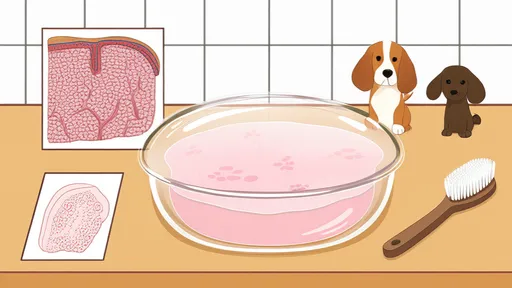
By /Aug 20, 2025
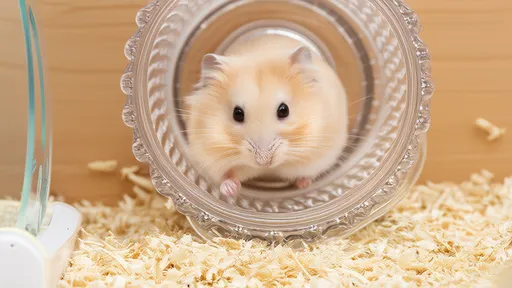
By /Aug 20, 2025

By /Aug 20, 2025

By /Aug 20, 2025
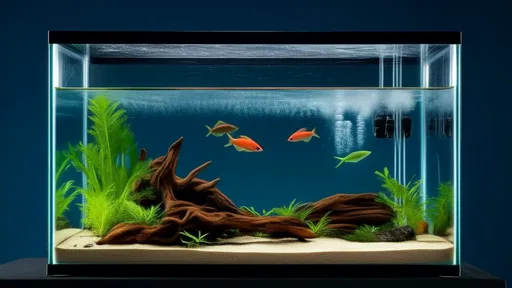
By /Aug 20, 2025
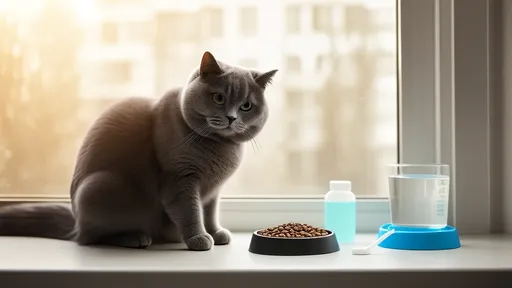
By /Aug 20, 2025

By /Aug 20, 2025
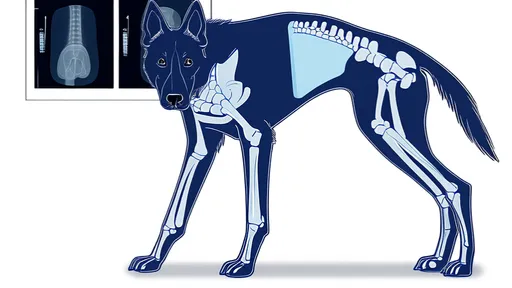
By /Aug 20, 2025
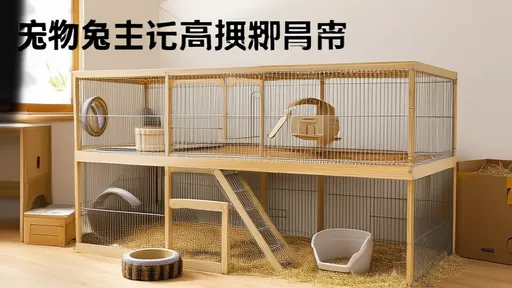
By /Aug 20, 2025
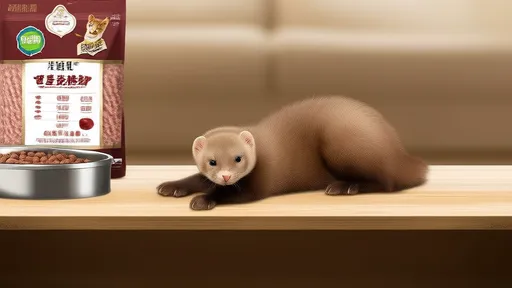
By /Aug 20, 2025

By /Aug 20, 2025

By /Aug 20, 2025

By /Aug 20, 2025

By /Aug 20, 2025

By /Aug 20, 2025

By /Aug 20, 2025

By /Aug 20, 2025

By /Aug 20, 2025

By /Aug 20, 2025
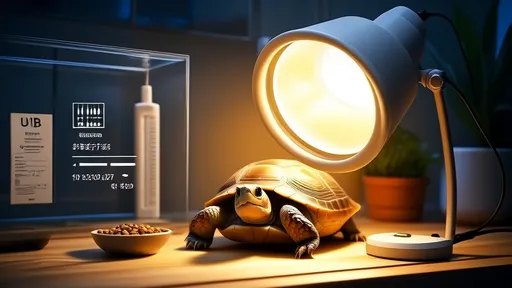
By /Aug 20, 2025